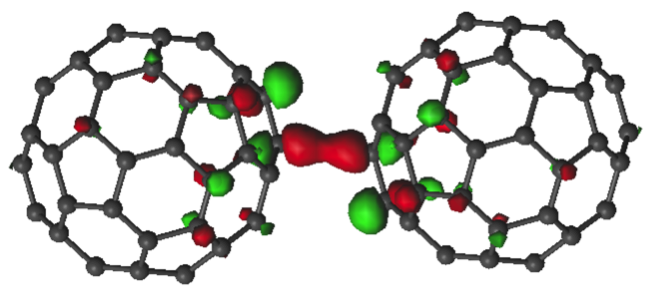Research
My research centers on the application of computational chemistry to various problems in the fields of physical, organic and bioorganic chemistry. Computational chemistry has become an indispensable tool that is nowadays commonly used together with state-of-the-art experimental techniques. It can be applied successfully to study mechanisms of reactions, to gain an insight into the structures and properties of sometimes-elusive species that cannot be detected by experimental methods, to predict new compounds – to name but a few areas.

Metalloporphyrins were formed early in the history of the prebiotic earth and played an important role in, for instance, catalyzing the disproportionation of hydrogen peroxide. Naturally occurring metalloporphyrins are among the most important prosthetic groups for oxygen storage and transfer, metabolism, photosynthesis, and many other redox reactions and small-molecule storage and transport purposes in biological systems. Synthetic porphyrins have been used extensively as model systems for investigating the complex biological functions of natural porphyrin-containing systems. It is thus very important, but also challenging, to understand and predict/reproduce binding energies, geometries and properties for such systems reliably by quantum-chemical calculations. Additionally, the accuracy of such calculations serves as a good benchmark for modelling analogous bioinorganic processes.
Many studies have discussed the performance of various DFT functionals for metalloporphyrins. Generally, it is agreed that Complete Active Space SCF calculations with a second order perturbational correction for dynamic correlation (CASPT2) are more consistently accurate than any DFT functionals. It is also necessary to use large basis sets, since expanding the basis set, and thus the active space, in a reference function provides a better description of each state. Secondly, relativistic corrections should be taken into account because several states may exist in a small energy range, so that effects that can be neglected for other systems must be considered explicitly. Finally, the effect of geometry must be considered because the spin multiplicity of the molecule can be very sensitive to the structure. The interaction of small molecules such as O2, NO and CO with hemoglobin and myoglobin play a central role in living cells and is important for the respiration and regulation processes. It is thus very important and challenging to understand and predict/reproduce binding energies of these ligands reliably by quantum-chemical calculations. Additionally, the accuracy of such calculations serves as a good benchmark for the modeling of similar bioinorganic processes. (;)
Memberships:
Royal Society of Chemistry
Molecular Graphics and Modelling Society – Deutschsprachige Sektion (MGMS-DS)
SolTech: Solar Technologies Go Hybrid”
